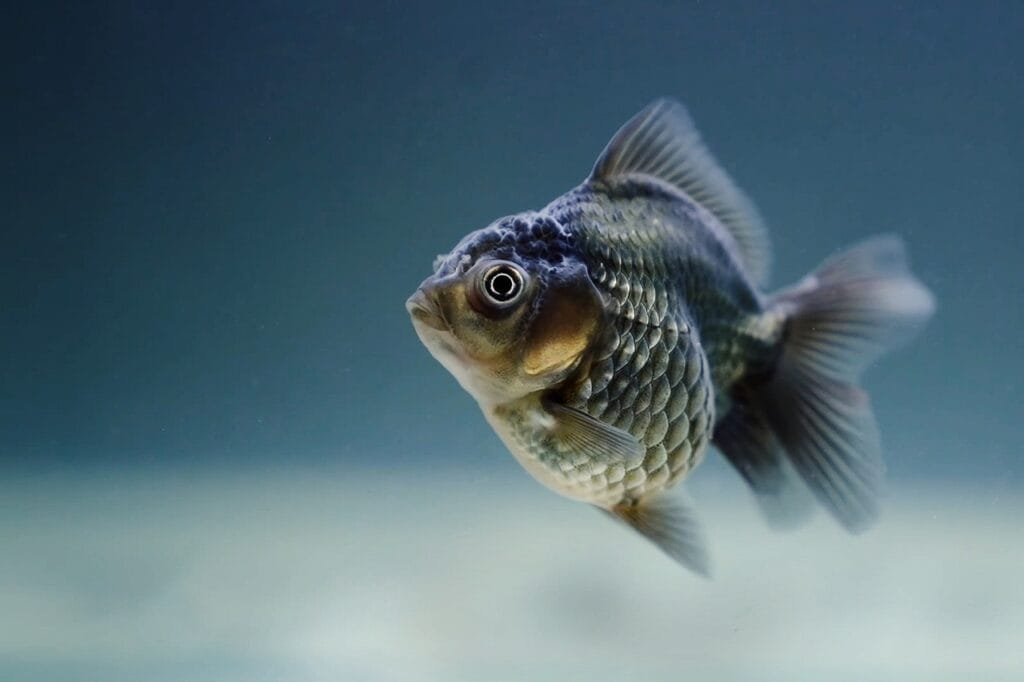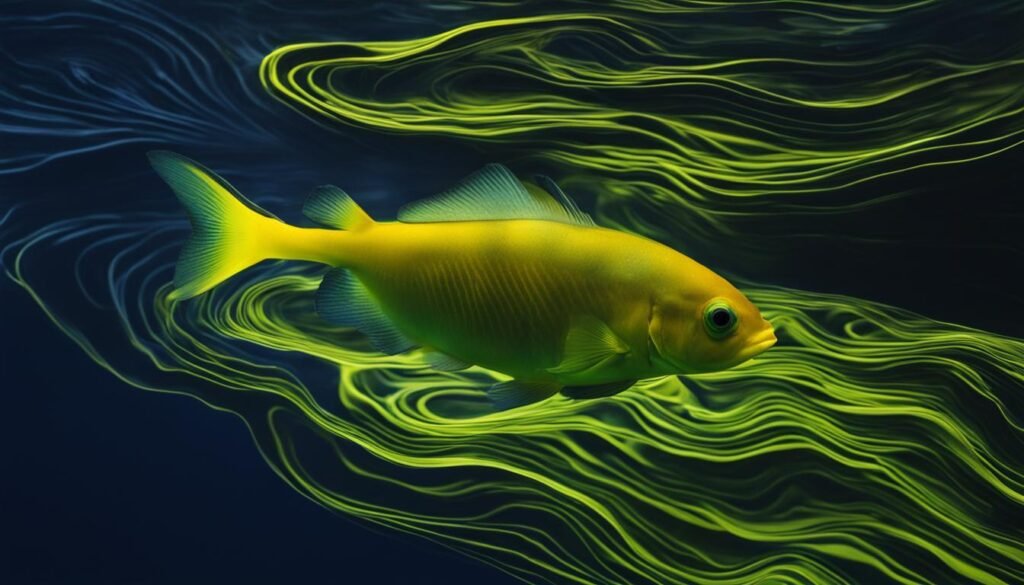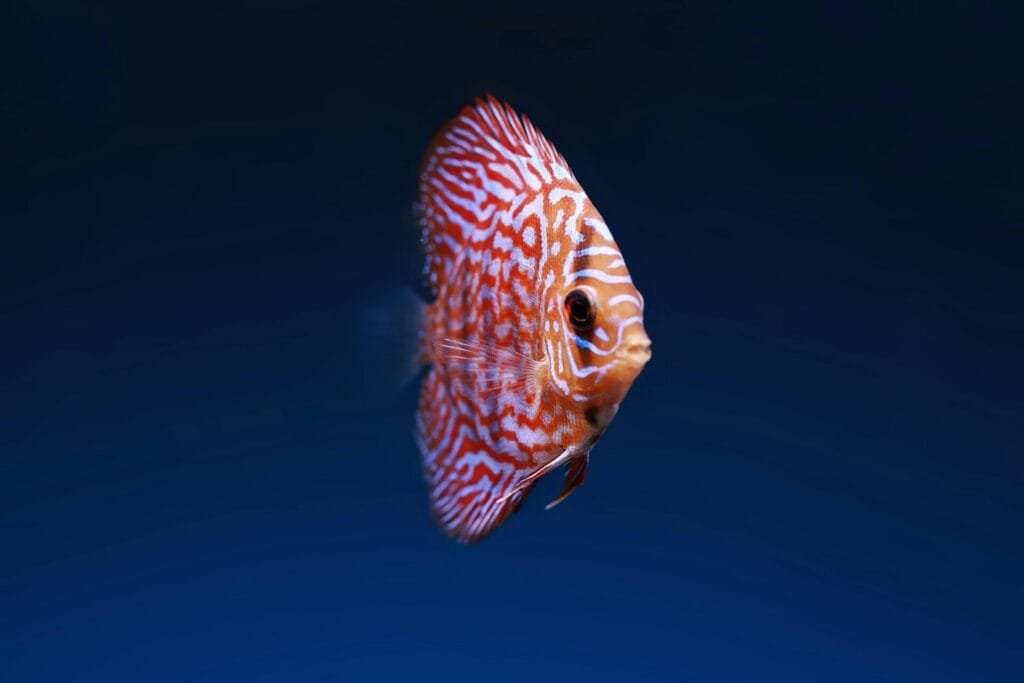Welcome to our fascinating journey into the underwater world of fish. Have you ever wondered if fish cough? Or if they suffer from respiratory problems like humans do? In this article, we will explore the enigmatic world of fish respiratory systems and uncover the mysteries surrounding their respiratory health.
Fish, like any living beings, have complex anatomical structures that support their survival. Their respiratory systems are no exception. While fish may not cough in the way we do, they do have mechanisms to maintain a healthy respiratory function.
Research has shown that fish breathe through gills, which are specialized organs that extract oxygen from water. The gills contain filaments that are filled with tiny blood vessels. As water passes over the gills, oxygen is exchanged with carbon dioxide, allowing fish to extract the oxygen necessary for survival.
However, just like other animals, fish can experience respiratory problems. These problems can be caused by various factors such as pollution, habitat degradation, or diseases. Poor water quality and reduced oxygen levels can negatively impact fish respiratory health, leading to stress and potential long-term consequences for their well-being.
Understanding fish respiratory systems is crucial for conservation efforts and fisheries management. By studying their respiratory health, scientists can identify potential threats and develop strategies to preserve aquatic ecosystems and protect fish populations.
In the next sections of this article, we will delve deeper into specific research findings and intriguing behavior patterns observed in different fish species. So, join us as we unravel the mysteries of fish respiratory systems and gain insights into the underwater world like never before!
Lancetfish as Tools for Studying the Marine Food Web
The NOAA Pacific Islands Fisheries Science Center and their collaborators have discovered an innovative approach to studying the complex marine food web using lancetfish. These peculiar-looking fish have become invaluable tools for researchers seeking to unravel the intricacies of the underwater ecosystem. By carefully examining the stomach contents of lancetfish, scientists can gain valuable insights into the middle section of the marine food web.
What makes lancetfish particularly useful for this research is the presence of undigested prey in their stomachs. This allows scientists to identify the species of prey consumed by the lancetfish and, in turn, understand the diets of other fish in the marine ecosystem. By analyzing fish stomach contents, researchers can track changes in the food web over time and assess how climate events and rising ocean temperatures impact fish diets and the overall balance of the marine food web.
The information gathered from studying lancetfish not only helps researchers comprehend the intricacies of the marine food web but also provides critical insights into commercially important fish species such as tuna and swordfish. Understanding the diets of these economically significant fish is essential for sustainable fisheries management and conservation efforts.
The Significance of Studying Fish Stomach Contents
- Identification of prey species: Analyzing fish stomach contents allows researchers to identify the specific species of prey consumed by fish, providing vital information about the prey availability and interconnections within the marine food web.
- Tracking changes in the marine food web: By monitoring changes in fish diets over time, scientists can identify shifts in the marine ecosystem, such as alterations in prey availability, population dynamics, and trophic interactions.
- Assessing impacts of climate events: Studying fish stomach contents helps researchers understand how climate events, such as El Niño or marine heatwaves, affect the availability of prey and the overall structure of the marine food web.
- Informing fisheries management: The insights gained from studying fish stomach contents can inform fisheries management strategies by helping scientists understand the nutritional needs and preferences of important fish species.
Overall, the utilization of lancetfish as tools for studying the marine food web offers a valuable window into the hidden interactions and dynamics that sustain life beneath the waves. By unlocking the secrets within the stomachs of these fascinating fish, researchers are piecing together a more comprehensive understanding of our ocean’s delicate balance.
Fishing Lures Left in a Fish’s Mouth: What Happens?
A study conducted by Carelton University’s Cooke Lab sheds light on the fate of fishing lures when left in a fish’s mouth. The researchers focused their investigation on Northern Pike and sought to understand the subsequent behavior and hook removal capabilities of these fish.
Using both barbed and barbless hooks, the study revealed intriguing findings. It was discovered that Northern Pike have the ability to shake off hooked lures within a matter of days. Even with the use of barbless hooks, the fish managed to free themselves in 24 hours or less, showcasing their remarkable competence in hook removal.
This research not only highlights the resourcefulness of fish but also suggests that they possess natural mechanisms to minimize the harm caused by fishing lures. By efficiently eliminating hooks, fish can potentially mitigate injuries and reduce the impact on their overall well-being.
Fish Behavior and Hook Removal
- The study examined the efficacy of hook removal in Northern Pike after being caught with fishing lures.
- Results demonstrated that fish were able to shake off hooked lures within a few days, with most instances occurring in less than 24 hours.
- Even barbless hooks, which are designed to facilitate easy hook removal, were successfully dislodged by the fish.
- These findings suggest that fish possess remarkable adaptive mechanisms to self-remove hooks, potentially reducing injury and trauma.
Smallmouth Bass Spawning Behavior
When it comes to fish behavior, the spawning habits of smallmouth bass have always intrigued anglers and researchers alike. Observations from fishing expeditions in Iowa rivers have shed light on the unique spawning behavior of these popular game fish.
The Department of Natural Resources states that smallmouth bass typically spawn in early May when water temperatures exceed 60 degrees. However, anglers have reported witnessing spawning smallmouth bass in late May and even June, challenging traditional spawning timeframes. This variance suggests that smallmouth bass may have adaptive spawning habits that depend on local conditions and individual fish behavior.
During spawning season, fishermen have often caught smallmouth bass engaged in wallowing behavior near the river banks. This wallowing behavior is believed to be a part of their spawning process, as smallmouth bass create and maintain spawning beds by removing debris and disturbing the bottom sediment.
To gain a better understanding of smallmouth bass spawning habits, further research is needed. By studying the fish behavior and their interaction with their spawning grounds, scientists can uncover valuable insights into the reproductive success and population dynamics of smallmouth bass.
Factors That Influence Smallmouth Bass Spawning Behavior
| Factor | Influence |
|---|---|
| Water temperature | Affects the timing of spawning |
| Availability of suitable spawning grounds | Determines the location of spawning activity |
| Fish behavior | Impacts the selection and preparation of spawning sites |
Understanding the factors that influence smallmouth bass spawning behavior is crucial for sustainable fisheries management and conservation efforts. By protecting and preserving their spawning grounds, we can ensure the long-term health and vitality of smallmouth bass populations.
Conclusion
Through extensive research and observation, scientists have made significant discoveries about fish behavior and spawning habits, shedding light on the intricate underwater world. One notable finding comes from studying lancetfish stomach contents, which has provided valuable insights into the marine food web and the diets of commercially important fish species. This information is crucial for understanding how the marine ecosystem functions and how it is affected by changes such as climate variability and rising ocean temperatures.
Another intriguing research finding is the remarkable ability of fish to remove fishing hooks from their mouths. Studies have shown that even barbless hooks can be successfully expelled by fish within a short period, minimizing potential harm. This highlights the resilience and self-preservation instincts of these aquatic creatures.
Furthermore, smallmouth bass spawning behavior has challenged traditional spawning timeframes. While it is commonly believed that smallmouth bass spawn in early May when water temperatures exceed 60 degrees, anglers have reported observing spawning behavior in late May and even June. This discrepancy calls for further investigation to fully understand the spawning habits and preferences of smallmouth bass.
The research findings presented in this article significantly contribute to our understanding of fish behavior and have essential implications for fisheries management and conservation efforts. By comprehending the intricate dynamics of fish spawning and behavior, we can work towards effectively preserving and managing our precious aquatic resources for future generations.


